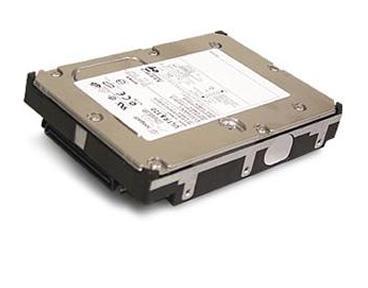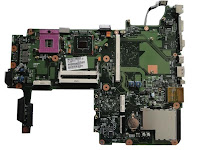Microsoft Windows and Linux Hardware Requirements
Microsoft Vista's Hardware Requirements
Initial reports indicated that Microsoft Windows Vista (Longhorn), Microsoft's next major operating system scheduled for release in 2007, had exceedingly high minimum hardware requirements. However, they've dropped many of Vista's features. So far Microsoft indicates the minimum requirements for Windows Vista correlate with many PCs being sold today. It appears the new Aero Glass user interface will require the highest end video hardware available. 64 MB (128+ MB recommended) RAM on a high bandwidth AGP 8X or PCI Express 16-lane bus is required for the full "Aero Glass Experience."
One Microsoft Windows Vista beta tester reported "there are about 47+ process running. It uses about 150mb more ram then XP. And it takes an extra 8 seconds to start." (source no longer available and web archive missing: http://www.theartofennui.com/36/windows-vista/) That's with no applications running, only the operating system. Microsoft Windows Vista is obviously much less efficient than Microsoft Windows XP. The loss in efficiency is at least partly due to new graphics. The value of the trade-off between graphics and performance will be determined by each user. It remains to be seen if Windows Vista without Aero Glass is more efficient than Windows XP.
Average Microsoft Vista Hardware Requirements (Microsoft Recommends)
Processor: Dual-core CPU running at 4 to 6GHz
Memory: 2 GB to 4 GB (Double minimum is average)
Hard disk: Up to a terabyte
Networking: 1 Gbit, built-in, Ethernet-wired port and an 802.11g wireless link
Video: Graphics processor that runs three times faster than those on the market today (mid 2003)
(Foley, Mary Jo. "Longhorn to Steal Limelight at WinHEC." Microsoft Watch 30 Apr 2004)
Microsoft Windows Vista's hardware needs may be so high that many people will not be willing to make the investment for the upgrade. In 2004, Credit Suisse First Boston predicts "there is some risk that PC sales will slow down materially in calendar 2006 in front of Longhorn that we are now modeling as a 2007 event. We fear that heavy hardware requirements for Longhorn will discourage buying." ("Microsoft's Longhorn May Discourage PC Buying." Forbes 18 Aug 2004)
Windows XP 64-Bit Edition
The 64-bit version of Windows XP has a minimum requirement of 1 GB RAM. Microsoft® usually recommends double the minimum, although for now there's no recommended amount. From past experience, having twice of what Microsoft recommends is necessary for typical use. Therefore 4 GB of RAM may be necessary to properly run WinXP 64-Bit Edition.
Linux Hardware Requirements
Typical minimum requirements for a Linux distribution:
Processor: Intel: Pentium 1-4 or Xeon; AMD: Duron, Athlon, Athlon XP, Athlon MP, Athlon 64, Sempron or Opteron
256 MB of RAM (512 MB recommended)
500 MB of disk space (800 MB to 2 GB often required when including a basic set of applications)


 Intel Dual Core i3 Processors
Intel Dual Core i3 Processors
 Intel Dual Core i7 Processors
Intel Dual Core i7 Processors

































